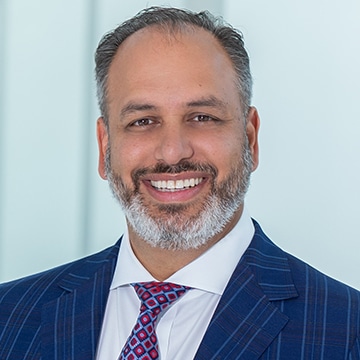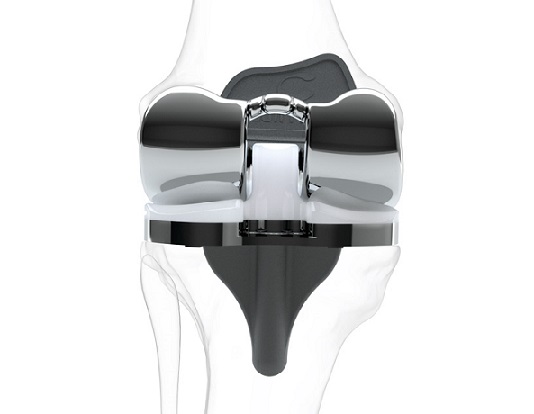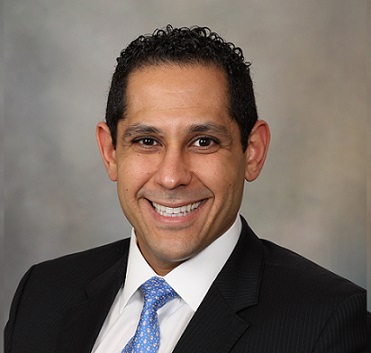Elizabeth Hofheinz, M.P.H., M.Ed.
In a retrospective review of 332 patients who underwent bilateral anatomic (TSA) or reverse (RSA) shoulder arthroplasty, researchers from the Florida Orthopaedic Institute, the Foundation for Orthopaedic Research and Education (FORE), and the University of South Florida set out to determine what patient, disease, and surgical factors influence the timing of the second surgery.
The resulting research, “Influence of preoperative factors on timing for bilateral shoulder arthroplasty,” appears in the February 8, 2021 edition of the Journal of Shoulder and Elbow Surgery.
Mark A. Frankle M.D., Chief, Shoulder & Elbow Service, Florida Orthopaedic Institute, was a co-author on this work. Dr. Frankle told OSN: “The timing of the study was reflected in the increasing number of patients undergoing shoulder arthroplasty who present with bilateral disease. Patients often would ask us when they could proceed with the second shoulder surgery. So in part this study was an attempt to answer that question.”
The groups were as follows: 172 TSA/TSA, 107 RSA/RSA, or 53 TSA/RSA. Individuals were further classified as to the interval between the two arthroplasty procedures: group 1 – 142 (≤1 year), group 2 – 62 (1-2 years), and group 3 – 128 (≥2 years).
Patients’ diagnoses: 211 Osteoarthritis (OA), 36 cuff tear arthropathy, 13 inflammatory arthritis, 12 massive cuff tears without OA, and 4 avascular necrosis.
The authors wrote, “OA patients had their contralateral shoulder arthroplasty sooner than CTA patients (p=0.035). OA patients with arthritic changes on contralateral radiographs prior to the first arthroplasty had their contralateral arthroplasty sooner than those without contralateral radiographs. Patients who had TSA first had their contralateral arthroplasty sooner than patients who had RSA.”
“Males with osteoarthritis are most likely to request to have the second shoulder replaced at one year or less after their initial shoulder arthroplasty,” said Dr. Frankle, who is currently President of the American Shoulder and Elbow Surgeons.
“We were interested to determine if the outcome of the initial, shoulder replacement impacted a patient’s decision to have surgery or the severity of their radiographic disease, but the results were not conclusive.”
“Bilateral disease of the shoulder is more common than initially believed, (osteoarthritis initial was thought to be monostotic). The time between the initial shoulder arthroplasty and the decision to undergo a second shoulder replacement can vary, but males with osteoarthritis are more likely to request this within once year after the index procedure.”







